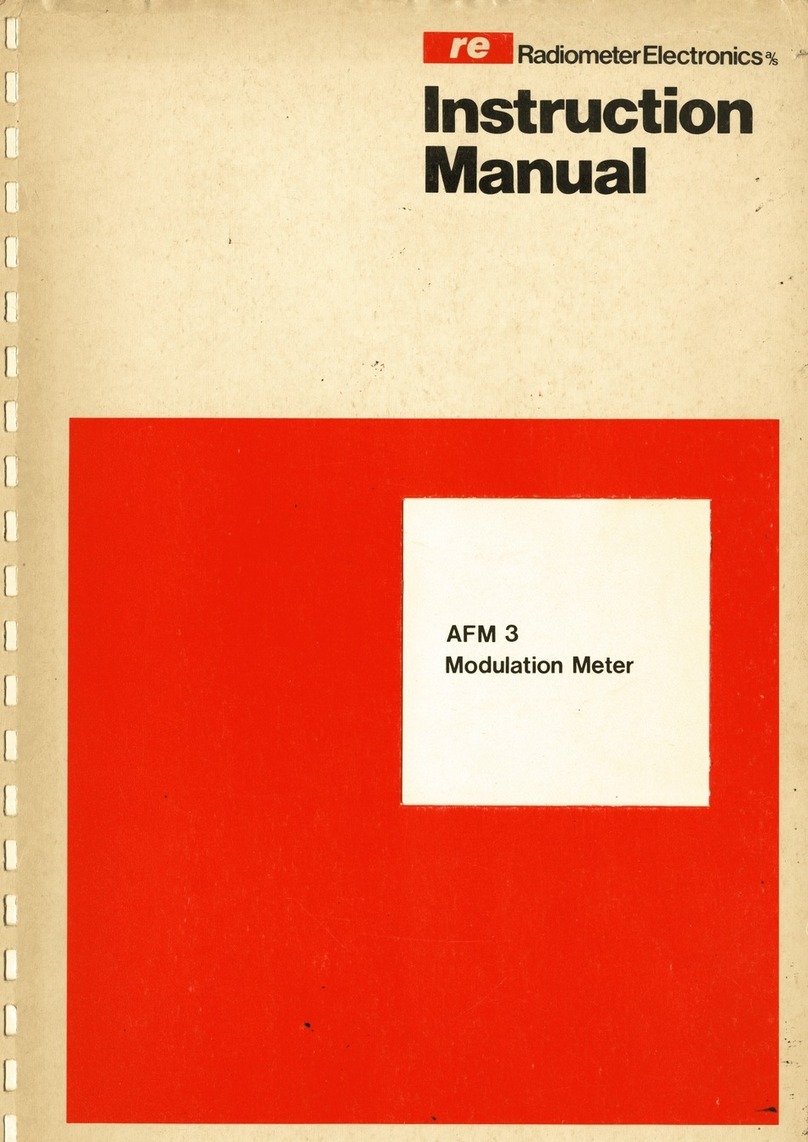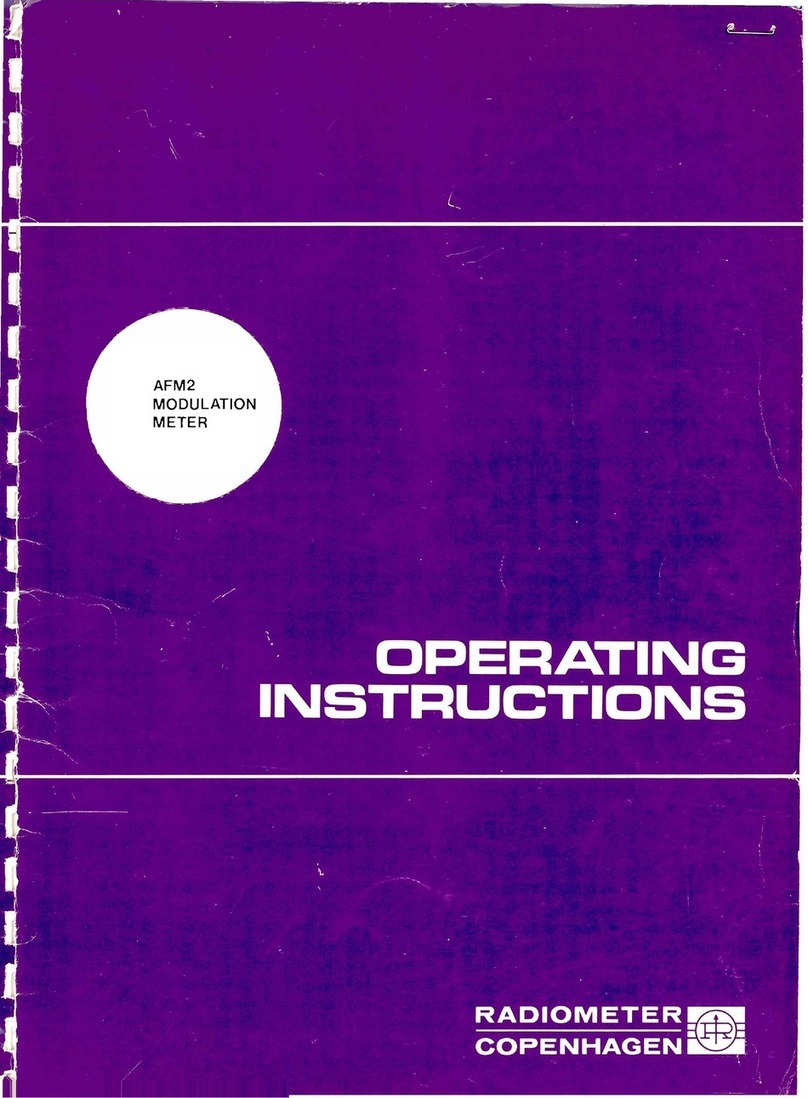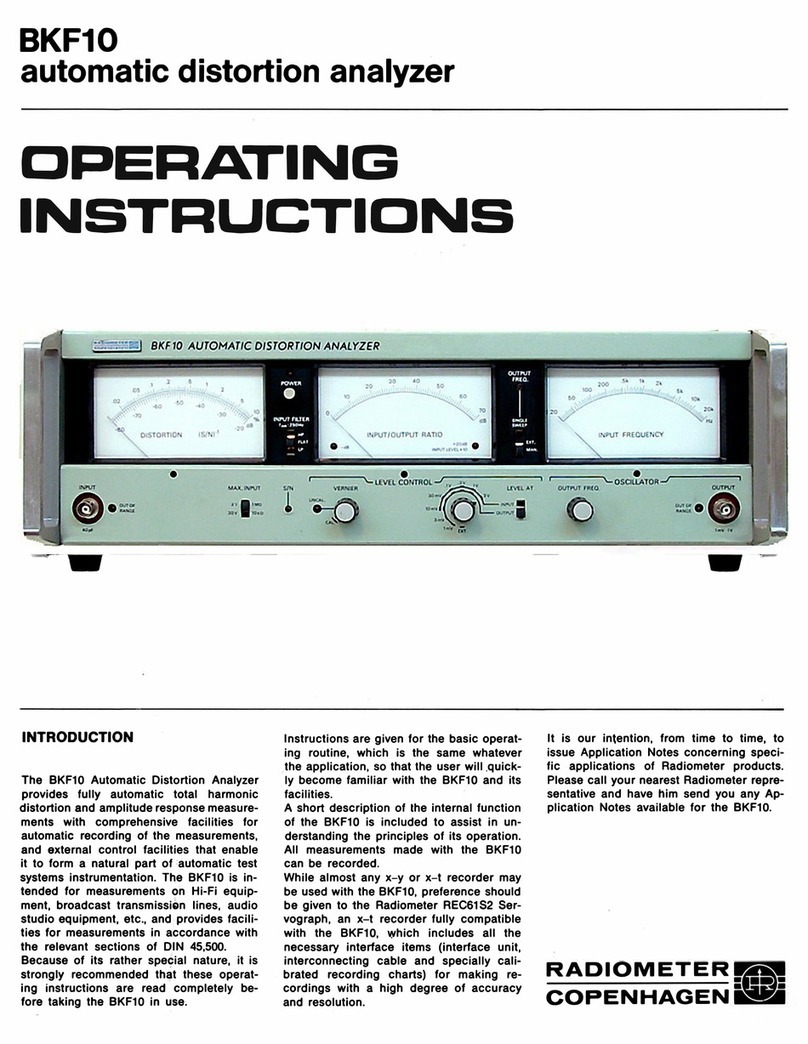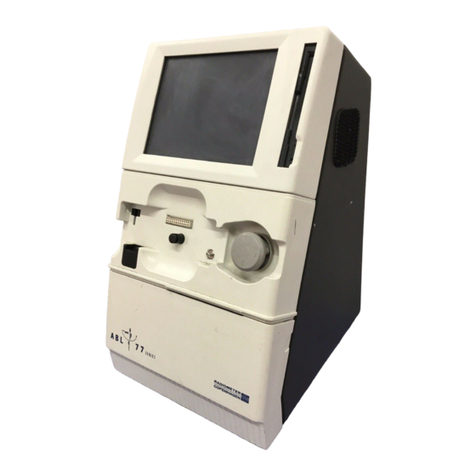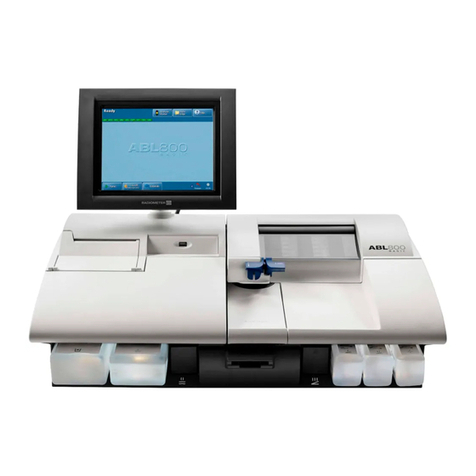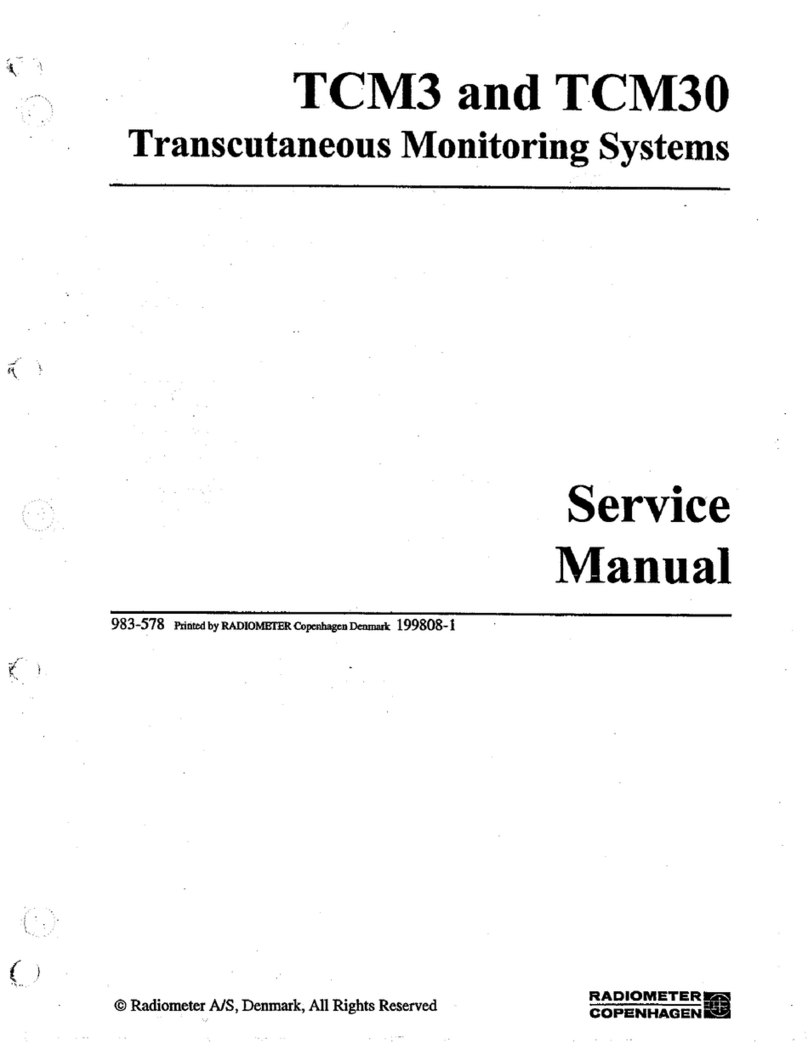Contents
1. Potentiometric measuring principles........................................................... 1-1
Overview......................................................................................................... 1-1
General information ........................................................................................ 1-2
Reference electrode......................................................................................... 1-8
pH electrode .................................................................................................... 1-9
pCO2electrode .............................................................................................. 1-14
Electrolyte electrodes.................................................................................... 1-22
References..................................................................................................... 1-34
2. Amperometric measuring principles ........................................................... 2-1
Overview......................................................................................................... 2-1
General information ........................................................................................ 2-2
pO2electrode................................................................................................... 2-4
Metabolite electrodes .................................................................................... 2-12
3. Optical measuring principles........................................................................ 3-1
Overview......................................................................................................... 3-1
Optical system................................................................................................. 3-2
Correcting for interferences............................................................................. 3-7
Measurement and corrections.......................................................................... 3-9
References..................................................................................................... 3-14
4. User-defined corrections............................................................................... 4-1
Overview......................................................................................................... 4-1
General information ........................................................................................ 4-2
Correction factors for oximetry parameters and bilirubin............................... 4-4
Electrolyte and metabolite parameters ............................................................ 4-7
5. Performance characteristics......................................................................... 5-1
Overview......................................................................................................... 5-1
Definition of terms and test conditions ........................................................... 5-2
Performance test results – chart description.................................................... 5-5
Performance test results - pH .......................................................................... 5-8
Performance test results – pCO2.................................................................... 5-10
Performance test results – pO2...................................................................... 5-13
Performance test results – cK+....................................................................... 5-16
Performance test results – cNa+..................................................................... 5-18
Performance test results – cCl–...................................................................... 5-20
Performance test results – cCa2+.................................................................... 5-22
Performance test results – cGlu..................................................................... 5-24
Performance test results – cLac..................................................................... 5-26
Performance test results – ctHb..................................................................... 5-28
Performance test results - oximetry............................................................... 5-30
Performance test results - bilirubin................................................................ 5-40
Additional information about FLEXMODE ................................................. 5-46
Interference tests............................................................................................ 5-47
References..................................................................................................... 5-55
6. Parameters..................................................................................................... 6-1












